"Seseo" in the middle of the Iberian Peninsula?
DOI:
https://doi.org/10.54166/rhle.2015.10.07Keywords:
Seseo, Ceceo, Sibilants indistinctness, Spelling, Letters, 16th-18th centuries, Toledo, MadridAbstract
The chronology of dental and alveolar sibilants neutralization is discussed in the Spanish language historical research. As for the geographical field, it is considered that, within the Castilian language domain, this merger became general just in the southern area of the Iberian Peninsula, where it gave rise to the so-called seseo and ceceo phenomena. In Castile, the sporadic nature of this neutralization is often considered irrelevant from the phonetic viewpoint. However, it is surprising to find quite a lot of evidence of s instead of c/ç/z and vice versa (bautisado, ce llama) in Madrid and Toledo, between the 16th and 18th centuries, in personal letters and notes often written by scarcely literate people, which could point to a nonconsolidated seseo phenomenon in the middle of the peninsula. In this paper, the files at la Inclusa (the Foundlings Orphanage in Madrid) are especially considered; they show usage in the lower sociolects, which are seldom represented in texts.
Downloads
References
Blanco, Marta (2007): Aproximación a la cronología de las transformaciones funcionales de labiales y sibilantes del español, Santiago de Compostela, Universidad de Santiago de Compostela (Lalia. Series Maior).
Cano Aguilar, Rafael (2004): "Cambios en la fonología del español durante los siglos XVI y XVII", en R. Cano Aguilar (coord.), Historia de la Lengua Española, 825-857.
Frago Gracia, Juan Antonio (1993): Historia de las hablas andaluzas, Madrid: Arco/Libros.
GITHE (Grupo de Investigación Textos para la Historia del Español): CODEA + 2015 (Corpus de Documentos Españoles Anteriores a 1800). Consultado: 25/09/2016.
Marías, Fernando (1983): La arquitectura del Renacimiento en Toledo (1541-1631). III, Madrid: CSIC.
Morala, José Ramón (En prensa): "Fuentes manuscritas del siglo XVII e Historia de la Lengua". Comunicación presentada en el XX Hispanistentag. Heidelberg: 18-22 de marzo de 2015.
Moreno Fernández, Francisco (1996): "Castilla la Nueva", en Manuel Alvar (dir.), Manual de dialectología hispánica. El español de España, Barcelona: Ariel, 213- 232.
Pascual, José Antonio (1991): "Çufrir por sufrir", Voces 2, 103-108.
Osorio, Carlos (2013): El Madrid olvidado, Madrid: La Librería.
Sánchez-Prieto Borja, Pedro y Ana Flores (2005): Textos para la Historia del español, IV. Archivo Regional de la Comunidad de Madrid, Alcalá de Henares: Universidad de Alcalá.
Sánchez-Prieto Borja, Pedro (2015): "Nebrija, el seseo y la sandía", en R. Díaz Moreno y B. Almeida Cabrejas (eds.), Estudios sobre la historia de los usos gráficos en español, Lugo: Axac (Colección Iberia 5), 2014, 73-80.
Tello Martín, Alicia (2006): Edición de las "Ordenanzas antiguas de la muy noble cibdat de Toledo", Trabajo de Investigación Tutelado, Alcalá de Henares: Universidad de Alcalá.
Vázquez Balonga, Delfina (2015): Léxico en la documentación de Toledo y Madrid en los siglos XVI-XVII, Tesis doctoral, Universidad de Alcalá.

















